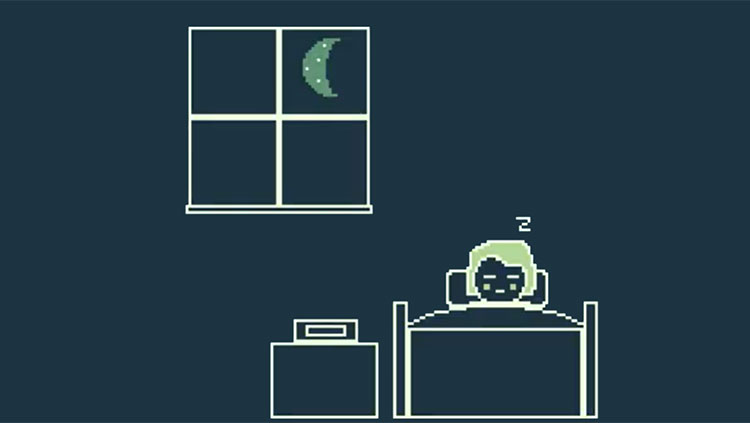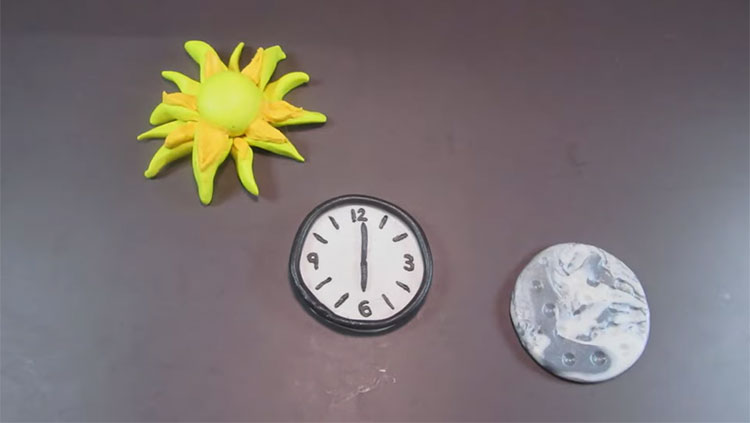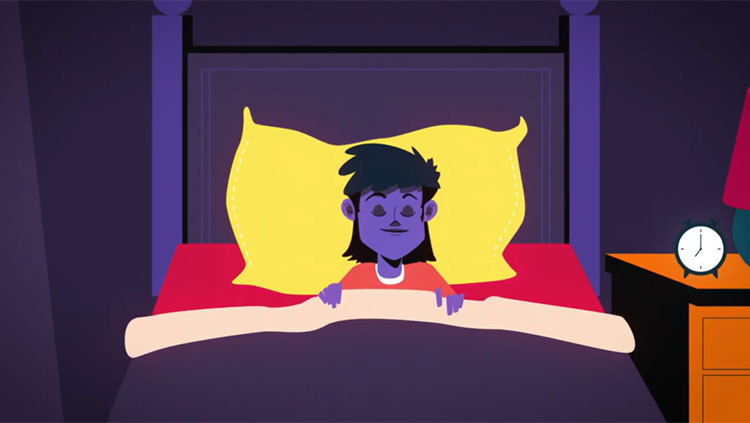How the Brain Paints Your Dreams
- Published13 Sep 2018
- Reviewed13 Sep 2018
- Source BrainFacts/SfN
When you sleep, your brain strings together random fragments from your memories and imagination to create dreams.
This video is from the 2018 Brain Awareness Video Contest.
CONTENT PROVIDED BY
BrainFacts/SfN
Transcript
Have you ever gone flying with a bunch of balloons, with an elephant on your back and then crashed into your flying house and walked into your kitchen, where your mother is making the turkey you ate last Thanksgiving? Your math teacher is also there, telling you that you got an F on the test you’re supposed to take tomorrow. Probably not. However, you are certainly familiar with the random combination of events, people, and places that comprise dreams. Let’s explore the way that dreams are formed.
Most dreams integrate the information from reality or from our waking experience, as well as the imagination. Only about 2% of our dreams replay certain events the exact way they happened in reality; meaning, the same objects, activities, and people are included in the dream as in the real event. Those are called episodic dreams. The rest of our dreams combine and mix fragments of the imagination and memories related to the dreamer’s interests and concerns in reality.
The brain expresses those fragments through constant electrical signals, which are produced in short bursts like a series of waves. The shape of the waves changes with the activity level of the brain. During sleep, the waves are slow and large, while in wakefulness they are fast and small. However, interestingly, about 80 minutes after falling asleep, the brain starts to give off waves that signal an active and “awake” brain.
During this time, the eyes begin to dart around under the closed eyelids as if the sleeping person is looking at something occurring in front of him. This period is called Rapid Eye Movement (REM) sleep. Dreams typically happen at this stage. The cortex, which is the part of the brain responsible for the higher brain functions, such as voluntary movement, coordination of sensory information, learning and memory, consciousness, is highly active during REM sleep.
However, most external stimulation is cut off. During sleep, our senses are weakened: we don’t hear, see, and so on. Have you ever wondered why usually people don’t hear it when you talk to them during their sleep? However, this doesn’t mean that their mind is not active during sleep and does not continue to process information.
During REM our muscles are inhibited from moving. However, the cortex still sends our body signals and since our muscles cannot move, we move in our dreams. Since the sensory input from the outside world is at a minimum, the mind uses memory fragments in our brain to create the images, thoughts, and narratives that we commonly call “dreaming.”
Dreams feel real while they last because the neurons firing in the primary visual cortex create the illusion of seeing things, while neurons firing in the auditory cortex create the illusion of hearing things, and so on. This makes it hard for the brain to distinguish real sensory input signals from non-sensory signals of the visual cortex. According to a model called "Activation-Synthesis," dreams are merely our mind’s attempt to make sense of and synthesize all the chaotic information that the brain elicits during dreams.
Parts of the brain that function as the command center of the brain, cognitive decision-maker, and processor of sensory input are shut down. The hippocampus is active while dreaming. Thus, dreams greatly originate from the storage of our memories.
Dreams play an important role in the consolidation of our memories, which is the process of moving new information into the long-term memory, thus helping us to process our past experiences. This plays a role in stabilizing “weak” memories into a more stable form of long-term storage, while integrating new experiences into existing cortical knowledge. So what are dreams? Dreams are our mind’s attempt to paint a story from the random images and fragments that are signaled to it. Thank you for watching our video about how your brain paints your dreams!
Also In Sleep
Trending
Popular articles on BrainFacts.org
















